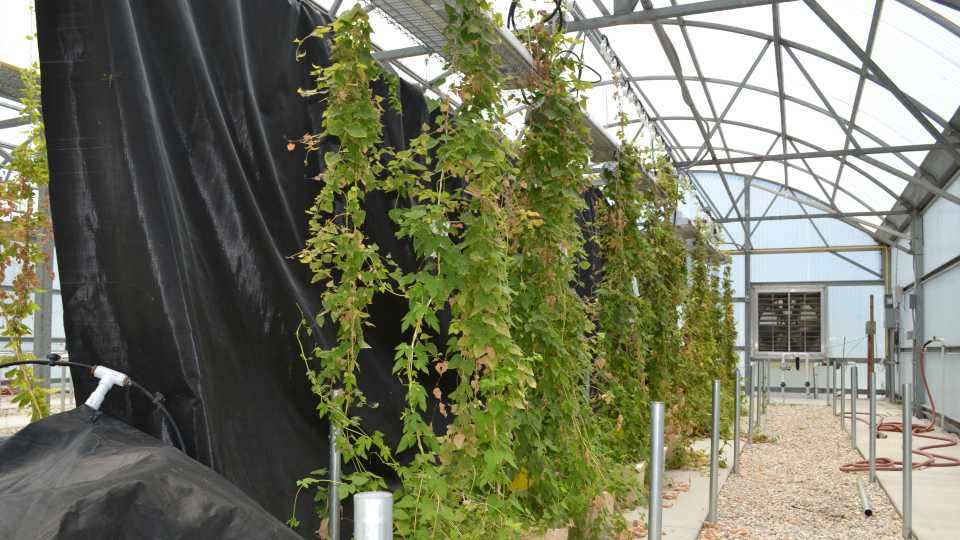Thousand Cankers Disease Found In Pennsylvania Trees, Quarantine Enacted
Thousand Cankers Disease has been detected for the first time in Pennsylvania, and a quarantine restricting the movement of wood from Bucks County and other states known to have the disease is effective immediately.
The disease is caused when walnut twig beetles, which carry a fungus, tunnel beneath the bark of walnut trees, causing small cankers to form. As more beetles attack the tree, the number of cankers increases, slowly starving the tree of nutrients and causing the tree to die within 10 years of initial infestation. There is no known cure.
The disease was found on a black walnut tree in Plumstead Township, Bucks County, and reported by the property owner to Penn State Cooperative Extension. The sample was verified by the state and federal Departments of Agriculture.
The quarantine restricts the movement of all walnut material including nursery stock, budwood, scionwood, green lumber and firewood. It also covers other walnut material — living, dead, cut, or fallen — including stumps, roots, branches, mulch, and composted and uncomposted chips. Due to the difficulty in distinguishing between species of hardwood firewood, all hardwood firewood is considered quarantined.
The quarantine also restricts the movement of walnut material and hardwood firewood from states known to have Thousand Cankers Disease, including Arizona, California, Colorado, Idaho, Nevada, New Mexico, Oregon, Tennessee, Utah, Virginia, and Washington.
Nuts, processed lumber, and finished wood products without bark are exempt from the quarantine.
Since many species of wood-boring insects, including the walnut twig beetle and emerald ash borer, can be spread through transport of infested firewood and logs, campers and homeowners are encouraged to use only locally harvested firewood, burn all of it on-site and not carry it to new locations.
Thousand Cankers Disease was first diagnosed in walnut trees in Colorado in 2003, and has caused widespread death of black walnut trees in many western states. Other species such as Arizona walnut, English walnut, and California walnut have shown varying degrees of susceptibility to the fungus.
Adult walnut twig beetles, native to the southwestern U.S. and Mexico, carry spores of the Geosmithia fungus, which is introduced to the tree as they bore under the bark. The beetles are extremely difficult to detect as they are dark brown and similar in size to a poppy seed.
Early symptoms of the disease are yellowing of leaves and foliage-thinning of the upper crown of the tree. As the disease progresses, larger limbs are killed followed by the trunk.









